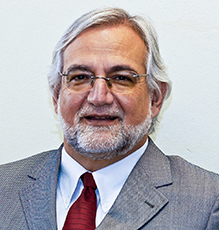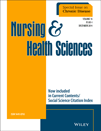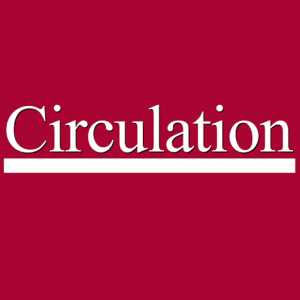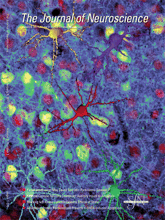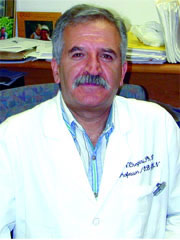 An environmental journal has retracted a paper about pollution in China after it discovered the authors lifted the dataset from another group.
An environmental journal has retracted a paper about pollution in China after it discovered the authors lifted the dataset from another group.
The authors of the study — which chronicled the degree of heavy metal pollution on the banks of the Pearl River Delta — didn’t have permission to use the data. Environmental Monitoring and Assessment‘s notice doesn’t suggest the data are inaccurate.
The heavy metals in the soil come from the many manufacturing plants in the area, including those that provide the West with blue jeans, phones, and other electronics. The pollutants’ effects are wide-reaching: According to the South China Morning Post, industrial outfits discharge huge volumes of toxic chemicals into the Pearl River, including arsenic, copper, cadmium, and mercury.
Continue reading Chinese heavy metal contamination paper purged for data theft
